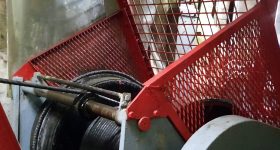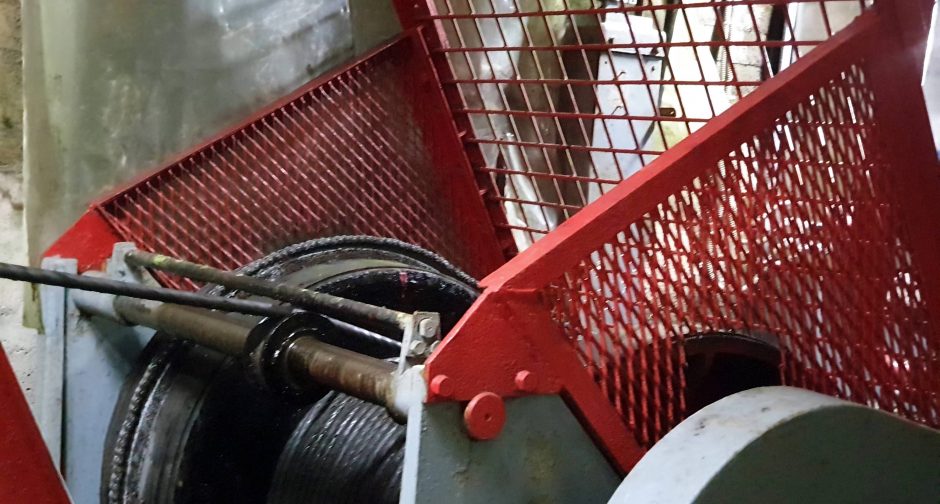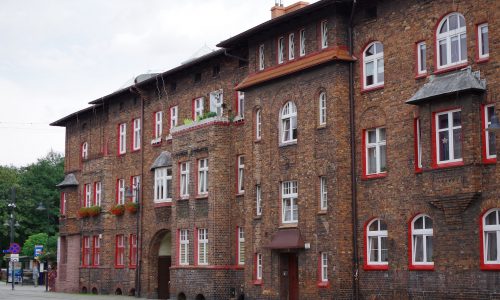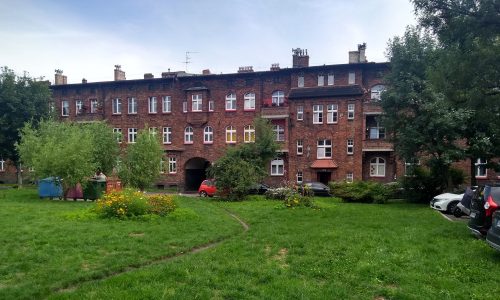IDRIJA, ANTHONY`S SHAFT; A WINCH FOR LOWERING WOOD
VITEL ZA SPUŠČANJE LESA V PETRI ROVU/WINCH IN PETRA TUNNEL
The pneumatic winch PV 22/30 serves for the transport of material (wood, carts…) from and into the mine.
Pnevmatski vitel PV 22/30 je omogočal transport materiala (lesa, vozičkov...) iz rudnika ali vanj.
IDRIJA MERCURY MINE
According to legend, the origin of Idrija Mine dates back to 1490, while the oldest thus far known written source is from 1493. The oldest surviving entrance to the mine is Anthony's Tunnel from 1500. In the 16th century, Idrija Mine was one of the deepest mines in the world. After 1600 and up to the end of the First World War it was among technically best equipped mines in Europe.
The city of Idrija with the longest mining tradition in Slovenia was built above one of the largest mercury ore deposits in the planet.
Producing more than 13% of the world's output, the Idrija Mine was, by its quantity of extracted mercury, the second largest mercury mine in the world. Over five hundred years, 145,000 tons of precious metal were extracted.
The Idrija pit was comprised of 15 horizons (levels), the deepest reaching a depth of 380 m. The total length of galleries and shafts was about 700 km.
The heritage of Idrija inscribed on UNESCO`s World Heritage List comprises the heritage of the mine and mining activities in the broadest sense of the world: the mercury ore deposit, underground shafts and galleries, mine entrance buildings, administrative buildings, smelting plant, mercury and wheat storehouses, residental houses, school buildings, churches, and the paths along which mercury was transported abroad.
Sound recordist: Boštjan Troha
Photographer: Katarina Batagelj
Video: Irena Marušič, Katarina Batagelj
Specs:
Filesize:
Duration:
Channels:
20.5 MB
53 s
2 (Stereo)
Bit rate:
Bit depth:
Level:
3072 kb/s
16 bit
87 dB
Recorded on January 22, 2018
Anthony`s shaft
Idrija, SLOVENIA
Creative Commons License





